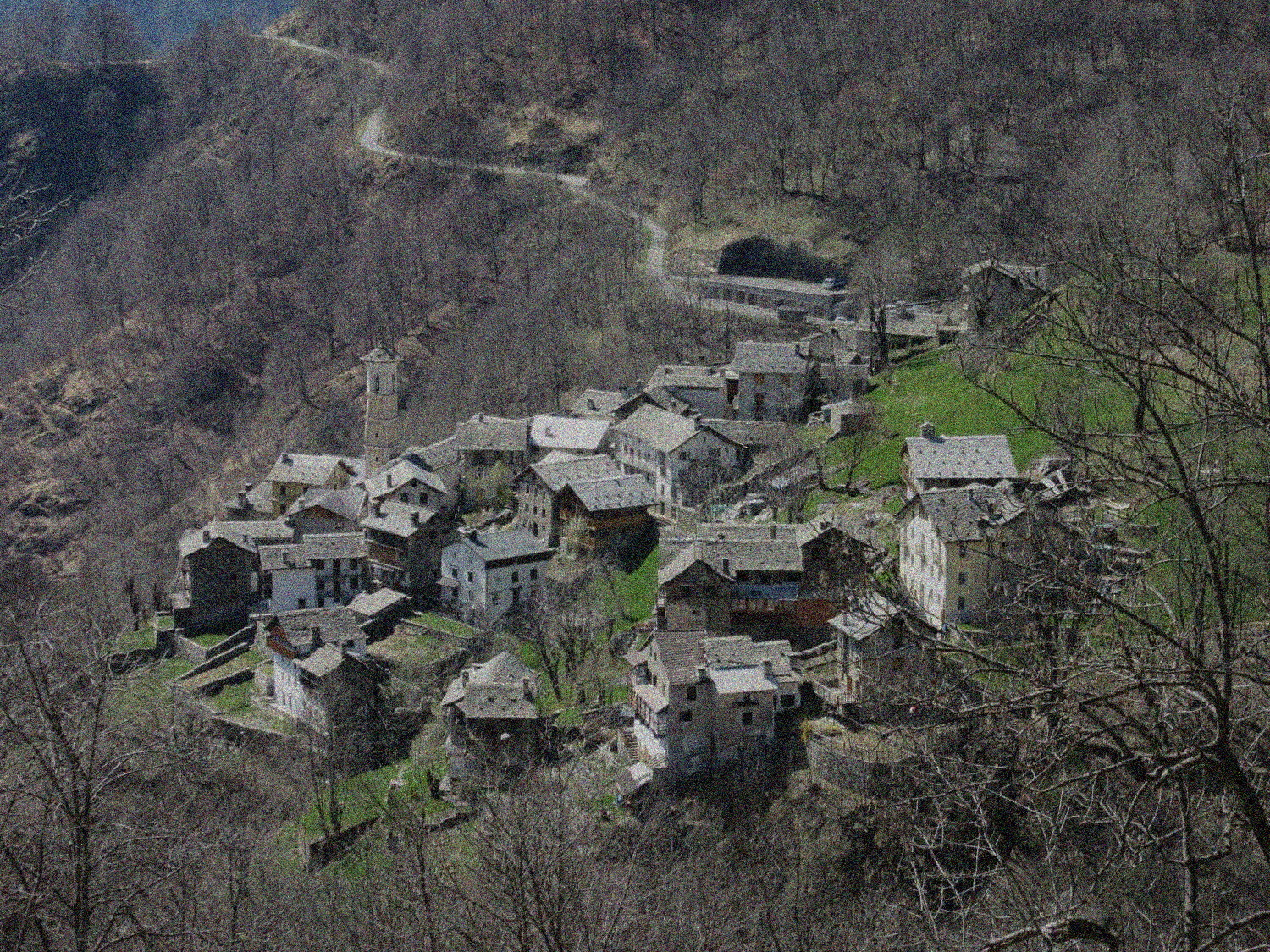Revealing the Genius Loci through sound

San Gottardo is a remote hamlet situated in Italy, on Pennine Alps, and founded in 1255 by the Walser, a population coming from the German-speaking area of the canton of Valais in Switzerland. In this place, the Walser gave life to a unique culture that survived through centuries thanks to the isolated location of the village, the absence of tourism and, above all, the exclusive use of an Alemannic dialect: the Tittschiu rimellese. This isolation led the community to a position of multi-marginality that still allows and forces the 9 inhabitants of San Gottardo to live following different rhythms and different patterns.
Sound admits a perception of spaces that is both internal and intimate. It is able to catch – thanks to its abstract and ephemeral nature – the mutability, fragmentation and complexity of spaces and, more specifically, of places – emotionally lived spaces. Sound is a tool to capture the Genius Loci, becoming a new tool for geographical, anthropological, semiotic storytelling.
Keywords
Bibliography
Bonazzi, A. (2011) Manuale di geografia culturale. Laterza.
Simmel, G. (2007) The philosophy of landscape. Los Angeles: SAGE.
Schafer, M. (1977) The tuning of the world. New York: Knopf.
Certeau, M.d. (1984) The practice of everyday life. Berkeley: University of California Press.
Rossi, A.D. (2014) La costruzione delle Alpi. Roma: Donzelli Editore.
Sibilla, P (2012) Approdi e Saggi di antropologia alpina. Firenze: Olschki.
Warburg, Aby (2002) Mnemosyne. Torino: Aragno.
